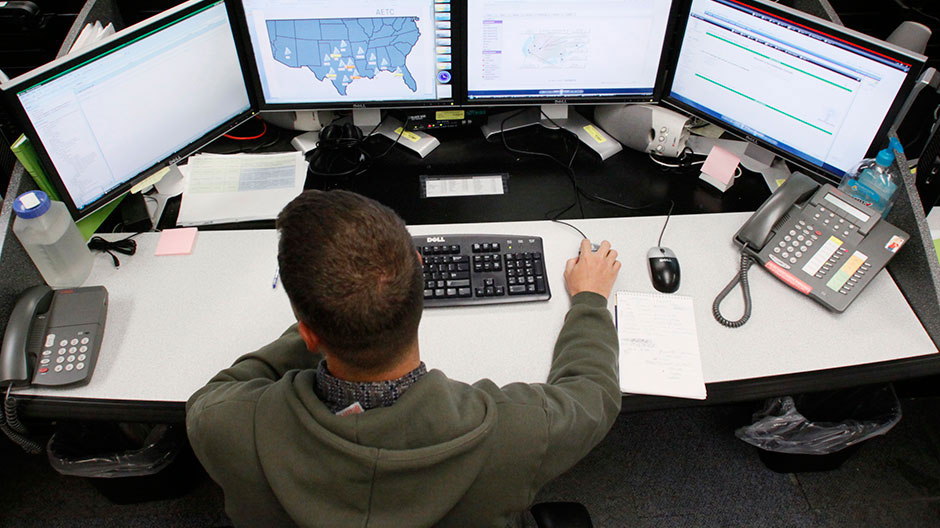
The tired feeling accompanied with blurry vision and headaches is medically known as computer vision syndrome.
A malady of modern times, computer vision syndrome doesn’t take long to kick in with just two hours in front of a screen enough to put people at risk. Further, the amount of time it takes is also very easy to reach when we combine the use of smartphones, tablets, computers and television.
7 day-time habits that sabotage your sleep
Fortunately, researchers have come up with ways that lessen the problems associated with prolonged screen use and can potentially decrease its damage to the user’s vision. Here are four easy-to-implement tips that will make a huge difference:
Use large font size
Increasing the size of text on your laptop or smartphone can make it easier to read, in essence leading to lower fatigue and headaches.
Adjust brightness
Setting your screens brightness to the highest or lowest setting without considering the environment can result in screen glare that causes eye strain and headaches. Users should set the brightness of their device to accommodate external factors such as lighting to avoid reflections on their screen.
Blink more often
Smartphone users who are glued to their screen tend to forget to blink which can dry out our eyes. Blinking more often prevent this from happening and reduces the effects of prolonged smartphone use. Eye drops are another simple and useful way to address this problem.
20-20-20 rule
This rules suggest that people who spend 20 minutes of working in front of a screen should take a 20 second break to look at something 20 feet away. The idea behind this is that eyes have muscles that help them move and focus on different objects and staring at one object at the same distance for hours makes it hard for them to adjust once we move again.
This article originally appeared on Business Insider






1732347751-0/Express-Tribune-(1)1732347751-0-270x192.webp)


1732264554-0/Copy-of-Untitled-(68)1732264554-0-270x192.webp)







COMMENTS
Comments are moderated and generally will be posted if they are on-topic and not abusive.
For more information, please see our Comments FAQ